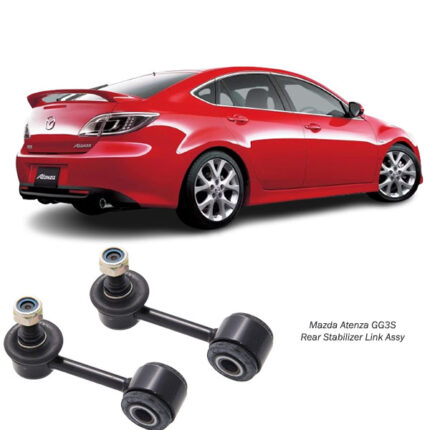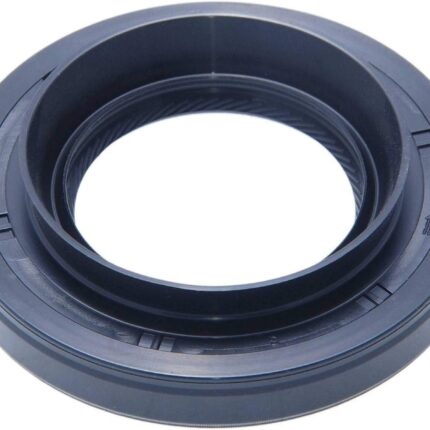-14%
Get Toyota /Chevrolet /Pontiac /Mitsubishi /Scion /Lexus Drive Shaft Oil Seal 28.6X42.2X7X7
The term “Drive Shaft Oil Seal Assy” typically refers to the drive shaft oil seal assembly, which includes not only the oil seal itself but also any accompanying components necessary for installation and proper sealing within the vehicle’s transmission or differential. Here’s a detailed overview of what the drive shaft oil seal assembly entails, its functions, signs of wear or failure, and considerations for maintenance and replacement:
Drive Shaft Oil Seal Assembly Overview
The drive shaft oil seal assembly is a critical component located at the point where the drive shaft exits the transmission or differential housing. It is designed to:
- Seal Function: Prevent transmission fluid or differential oil from leaking out of the transmission or differential.
- Contaminant Protection: Keep contaminants such as dirt, dust, and water from entering the transmission or differential housing.
Components of Drive Shaft Oil Seal Assembly
- Oil Seal: The primary component that seals the gap between the stationary transmission or differential housing and the rotating drive shaft. It is typically made of rubber or elastomer material with a sealing lip to maintain the integrity of the seal.
- Seal Housing or Retainer: Provides support and secure mounting for the oil seal within the transmission or differential housing. It helps ensure proper alignment and sealing effectiveness.
- Gasket or O-Ring: Some assemblies may include a gasket or O-ring to further enhance sealing between the seal housing and the transmission or differential housing.
- Installation Hardware: Includes bolts, nuts, or clips required to secure the oil seal assembly in place and ensure a tight seal.
Functions of Drive Shaft Oil Seal Assembly
- Fluid Containment: Prevent leaks of transmission fluid or differential oil, maintaining proper fluid levels and lubrication within the transmission or differential.
- Contaminant Exclusion: Protect internal components from dirt, dust, water, and other contaminants that could compromise the performance and longevity of the transmission or differential.
Signs of Worn or Failing Drive Shaft Oil Seal Assembly
- Fluid Leaks: Visible oil or fluid leaks around the transmission or differential area, particularly noticeable after the vehicle has been parked.
- Low Fluid Levels: Decreased levels of transmission fluid or differential oil, which may trigger warning lights on the dashboard.
- Contaminated Fluid: Discoloration or contamination of transmission fluid or differential oil, indicating the presence of external contaminants.
- Burning Smell: A burning odor coming from underneath the vehicle or near the transmission, caused by leaking fluid contacting hot engine components.
- Unusual Noises: Whining, grinding, or other abnormal noises from the transmission or differential, indicating potential internal damage due to inadequate lubrication.
- Difficulty Shifting Gears: Problems with shifting gears smoothly, such as slipping or hesitation, due to insufficient transmission fluid or differential oil.
- Visible Seal Damage: Inspection reveals physical damage to the oil seal or assembly components, such as cracks, tears, or distortion.
Maintenance and Replacement
To ensure optimal performance and longevity of the drive shaft oil seal assembly:
- Regular Inspection: Include inspection of the oil seal assembly during routine maintenance checks or whenever fluid leaks are suspected.
- Quality Replacement: Use high-quality replacement seals and assemblies that meet or exceed the specifications of your vehicle’s transmission or differential.
- Professional Service: Consider having a qualified mechanic perform the replacement, as accessing and replacing the oil seal assembly may require specialized tools and expertise.
- Check Surrounding Components: While replacing the oil seal assembly, inspect surrounding components such as the drive shaft, CV joints, and differential housing for signs of wear or damage.
Follow us on Facebook for more parts.



